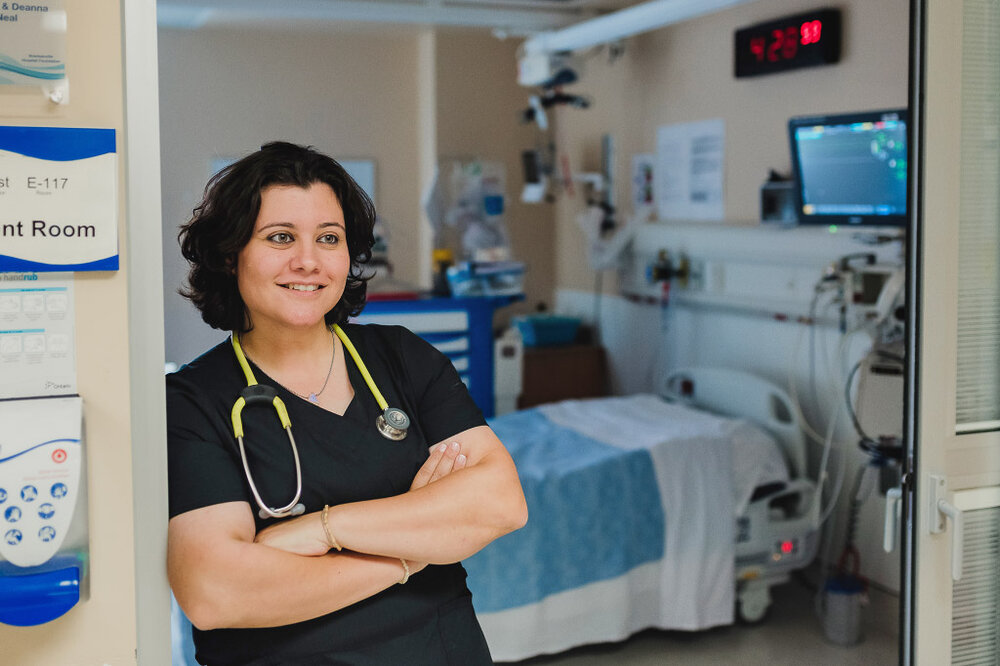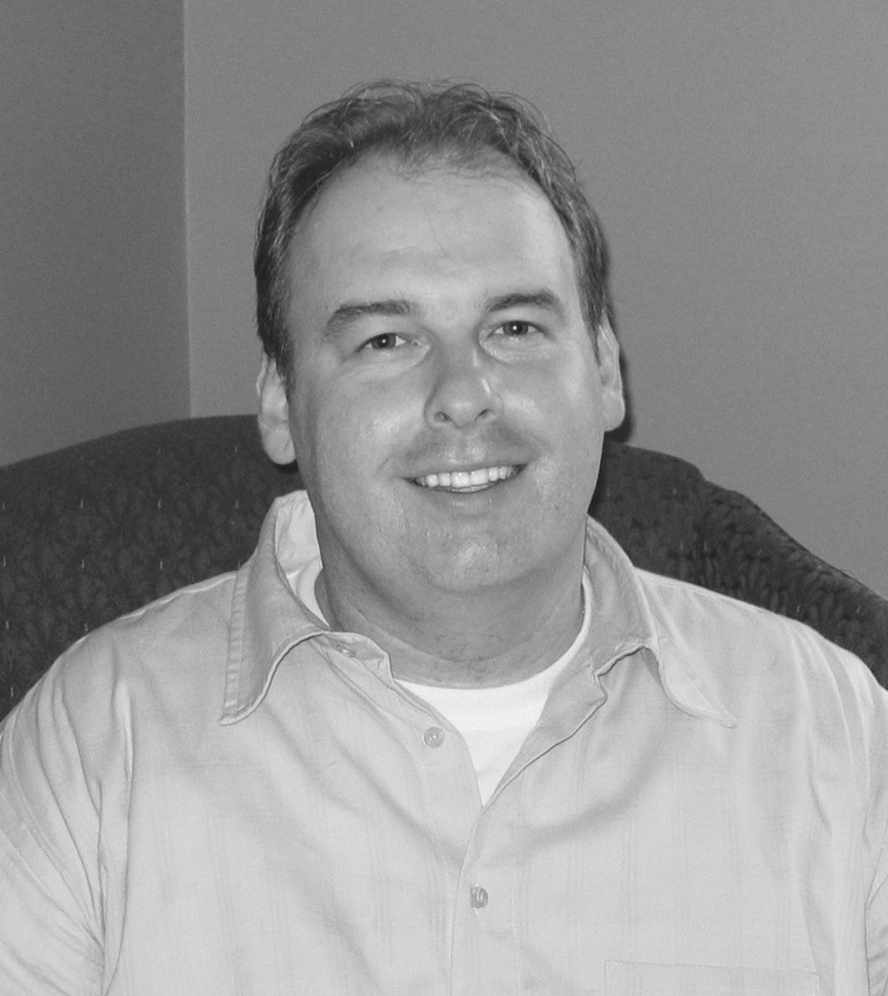Being a rural/remote physician in Canada has its own unique opportunities and challenges. From earning a higher salary and making an indelible impact on the local population to increased potential of burnout and feelings of isolation, it’s wise to carefully consider the pros and cons before deciding to practise in a remote or rural location.
Let’s start with the pros…
Salary, benefits and financial incentives
Though not the be all and end all, salary, benefits and other incentives tend to be higher in remote areas. Physicians in Canada in general earn a high salary, with $299,000 being the average annual salary for a family doctor, $382,000 for a medical specialist and $507,000 for surgical specialist.
However, with demand far exceeding supply in rural and remote communities, doctor salary can be much higher. Even though almost 20% of Canadians live in rural, remote, Indigenous, coastal or northern communities, only 14% of family doctors and less than 3% of medical specialists practise there.
To address the current shortage of physicians in remote and rural areas, a number of provinces have created various incentive programs, from relocation benefits to loan forgiveness.
Doctors of BC has many programs that support the training needs of medical students, residents, and physicians in rural practice. The Northern and Isolation Travel Assistance Outreach Program (NITAOP) covers travel expenses and provides Travel Time Honorarium for physicians who visit eligible rural and isolated communities to provide medical services. There is also a Rural Retention Program (RRP), Isolation Allowance Fund (IAF), Rural Continuing Medical Education (RCME) and Recruitment Incentive Fund (RIF).
The Alberta Medical Association (AMA), through its Rural, Remote, Northern Program, provides financial incentives and support for the recruitment and retention of physicians to live and practise in rural remote and northern areas of the province.
The Northern Ontario Resident Streamlined Training and Reimbursement Program (NORSTAR) enables immediate and longer-term physician support to communities in the Northeast and Northwest Ontario Health Regions and supports increased access to northern learning experiences for medical residents.
It includes travel and accommodation expense reimbursement to medical residents completing electives, medical residents providing clinical services, or when accompanying faculty physicians from their home institution on locums in the Northeast and Northwest Ontario Health Regions.
Through the Canada Loan Forgiveness Program, the government will now forgive up to $60,000 of Canada Student Loans for family physicians working in rural and remote communities over a five-year period — a 50 per cent increase in loan forgiveness.
According to Canada’s Minister of Health, the Honourable Mark Holland, “Health workers are the backbone of Canada’s health care system. Without a sustained and efficient workforce, Canadians cannot access the care they need, when they need it. These regulatory changes will support the recruitment and retention of health workers in rural and remote communities, where there are significant needs right now.”
Professional and personal growth
Rural doctors often have a wider scope of practice, dealing with a range of medical presentations. This experience, along with the greater autonomy of working in a remote location, can boost the confidence of physicians in the early stages of their career, and help develop a broader range of skills. Remote settings require family physicians with a range of skills to manage patients in multiple locations, including offices, ERs, hospital wards, operating rooms, delivery rooms and chronic care facilities. Due to the shortage of physicians, job security could not be better.
Community impact
Rural physicians can have a significant impact on their communities, often serving as the primary source of healthcare. By practising in underserved areas, physicians have the chance to make a meaningful difference in the lives of individuals who would otherwise struggle to access healthcare services. A wonderful benefit of rural medicine is knowing each patient and having them know you. This includes understanding their extended life and family situations.
Locum opportunities
If you are considering a move to a rural location, a great way to start is with a short-term locum position to test the waters and see if working in a more remote area is right for you. Working as a locum tenens physician can provide more flexibility and opportunities to travel to places you wish to explore before you commit to one location long term. Job board sites like Indeed and locums have rural locum openings with higher salaries and benefits. The Ultimate Locum Guide eBook can help you learn where to find locum jobs, what compensation to expect, and more.
Practising medicine in a remote or rural location can be a very rewarding and satisfying experience for physicians. However, it is not without its challenges:
Lack of resources
Rural populations in Canada are generally older, less educated, less affluent and in poorer overall health than their urban counterparts. Rural and remote areas also receive less funding for healthcare than urban areas due to the isolated nature of the communities and the smaller number of people who reside there.
Patients in rural and remote areas may experience challenges accessing specialized medical services due to limited resources caused by geographical barriers. Physicians may find themselves managing complex cases without the support of specialist colleagues, requiring them to rely on online diagnostic tools, telemedicine or arrange long-distance referrals, which can be logistically challenging and be time-consuming. In remote areas, there may be little opportunity to consult with other physicians or specialists regarding a medical diagnosis or medical practice issue.
Increased stress and burnout risk
The lack of access to diagnostic services, specialist care, and older people with multiple medical problems make for a challenging patient load. In many of these communities, the family physician acts as a GP while taking on more specialized responsibilities typically fulfilled by anesthesiologists, pediatricians, mental health specialists and others.
The pressure to provide comprehensive care to a diverse patient population can lead to increased stress and burnout, especially when coupled with limited access to healthcare specialists and facilities. A survey of rural physicians in British Columbia found that almost one-third suffered from mild to severe depression, a self-reported burnout rate of 55 per cent and 80 per cent reported moderate to severe emotional exhaustion.
Burnout in healthcare has never been more prevalent, yet mental health resources for physicians is still lacking. The Physician’s Guide to Tackling Burnout brings fresh thinking to the table with strategies physicians can implement to address burnout and support colleagues.
Isolation
Rural and remote medicine is some of the most challenging work done in the healthcare system, but it is provided with the least amount of systemic and human resource support. Rural/remote physicians may experience feelings of isolation due to the geographical distance from colleagues, limited social opportunities, and a smaller community network. This isolation can impact mental well-being and morale, particularly for doctors accustomed to the support and camaraderie of integrated healthcare systems found in urban centres.
Isolation also relates directly to personal and family life. For example, having to travel long distances to visit friends and relatives, being able to access typical urban-centre amenities such as movie theatres, sporting events and concerts. Other challenges include spousal employment opportunities, and education and personal development opportunities for children.
In conclusion…
Working as a physician in rural areas and remote regions in Canada offers both rewards and challenges. Advantages include higher compensation and related benefits, improved patient-centred care, a broad scope of practice, the chance to make a significant impact on underserved populations and a deep sense of community. There are also disadvantages, including poor healthcare infrastructure, limited resources and training exposure, geographic isolation and increased potential for burnout.
If you are considering a career in rural/remote medicine, all of these factors must be carefully weighed to determine how prepared you are to embrace the unique demands and rewards of practising in a remote or rural community.

Additional Reading
Dr. Nour Khatib left medical school for a finance career, but a persistent calling encouraged her to return years later and become an emergency physician.







